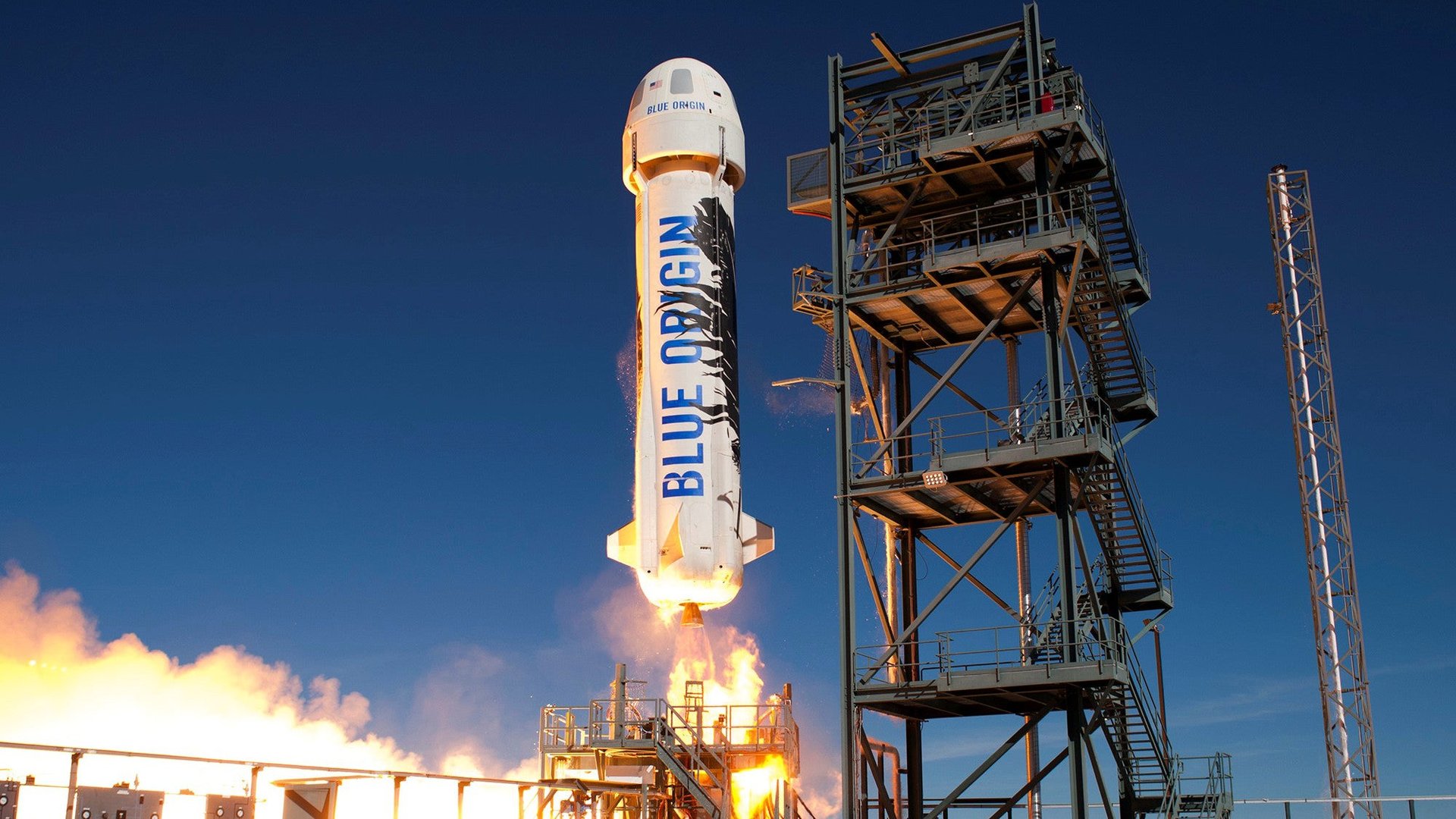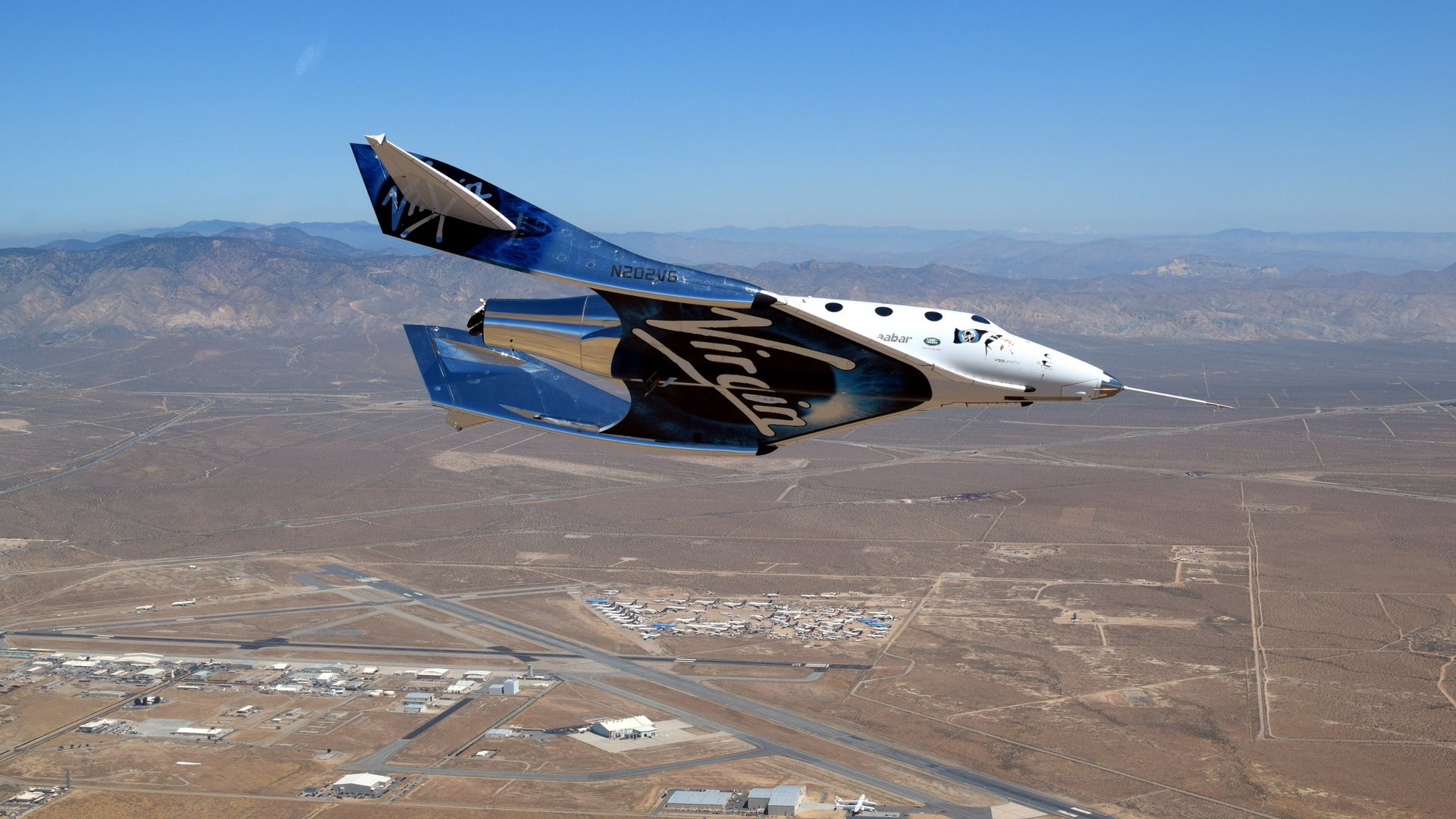Three minutes of microgravity is worth the cost of a small house, if you’re a scientist
Forget seven minutes in heaven. For some scientists, the real indulgence is three minutes of microgravity.


Forget seven minutes in heaven. For some scientists, the real indulgence is three minutes of microgravity.
Blue Origin, the space company founded by Jeff Bezos, is expected to fly its New Shepard suborbital rocket and space capsule multiple times this year in a final round of developmental testing. Richard Branson’s Virgin Galactic is also testing a suborbital rocket plane, VSS Unity, that it hopes to bring into operations in the years ahead.
These vehicles are designed to carry passengers and cargo up to the edge of space, approximately 100 kilometers up, where they will spend three to four minutes in microgravity. The commonly-used term “zero-g” is a misnomer: gravity is always present in space, but these vehicles experience apparent weightlessness briefly before they fall back to earth. (Faster vehicles can experience apparent weightlessness continuously, when they go into orbit around the planet.)
The suborbital rockets are marketed as luxury thrill rides for would-be space tourists, but both companies have found eager customers in researchers who want to perform experiments in microgravity and the upper atmosphere. In December 2017, Blue Origin flew its seventh test mission of the New Shepard with a dozen research payloads onboard; the company expects to fly several more times this year.
“[Discussions of these companies] focused on ‘lets take the rich people to space,’ but a bunch of us scientists got together and realized these are potentially game-changing vehicles,” H. Todd Smith, a researcher at the Johns Hopkins University Applied Physics Laboratory, told Quartz. “In particular, a much lower cost for what we’re talking about—getting to that region in space an order of magnitude cheaper—and you’re guaranteed to bring the instrument back.”
But what kind of experiment can you conduct in just a few minutes?
The space time continuum
“To answer that question easily, historically we’ve been doing parabolic flight, which only gives you twenty to thirty seconds [of microgravity],” Dr. Marsh Cuttino, an emergency medicine physician with an interest in space medicine, says. “I’ve done a number of experiments in parabolic, so the three minutes was a bit of a luxury.”
“Parabolic flight” refers to hopping into a specially-equipped jetliner known as the “vomit comet” that flies to high altitude before plunging back down again, allowing everything inside to freefall for about half a minute. Besides these flights, the other options for experimenters trying to approximate zero-gravity were to drop experiments from high towers, or launch them on small sounding rockets that didn’t always return experiments in one piece.
NASA does offer a program to bring experimental payloads to the International Space Station, but it is expensive and requires a long lead time, often years. Experiments that require human supervision can be tough to wedge into the busy schedules of the astronauts onboard ISS, putting a limit on what ground-based researchers can accomplish.
But the new generation of suborbital spacecraft offer an attractive combination of low cost and a soft landing for experiments, and in the years ahead, the heady possibility of regular flights—even multiple times a day—with researchers flying on-board to monitor and adjust their experiments.
“The cost for a parabolic flight is about that of an average car, cost of a suborbital flight is closer to a small house, and the orbital flights are obviously in the multi-millions of dollars,” Cuttino says. Blue Origin says a full-size payload locker (complete with electrical power and data connections) costs between $50,000 and $120,000, while a Nanolab, about the size of a six-inch cube and targeted at secondary schools, starts at about $8,000.
Cuttino runs a consultancy called Orbital Medicine that aims to provide medical expertise to aerospace companies. He provided one of the experiments on the December New Shepard flight, which tested a medical apparatus designed to pump fluid from the collapsed lung of an astronaut in microgravity. On earth, this technology is an emergency-room standard and relies on gravity, but blood is a non-newtonian fluid, which means it is difficult to predict how it will behave in space without practical data.
The research could help check off another item on NASA’s list of space health problems to solve ahead of exploration into the solar system. “This is a device that could potentially save someone’s life and save a mission for an astronaut on a deep space mission,” he says.
Paving the way
Two other payloads on the New Shepard, designed by engineers at Embry-Riddle Aeronautical University and medical researchers from the University of Texas and the Medical University of South Carolina, tested the effects of microgravity on the human immune system and genes that spur tumor growth. Besides helping understand human physiology, these experiments could lead to new therapies.

Sathya Gangadharan, an Embry-Riddle professor who helped design the experiments, says the availability of suborbital flights will make it easier to progress research like this to the point where it can be sent to the ISS for long-term microgravity exposure. Blue Origin has contracted another space company called Nanoracks to handle the job of installing experiments in New Shepard because it already does similar work enabling research on the ISS.
“These NanoLabs are virtually the same as what we offer on the International Space Station, allowing for the easiest possible transition from suborbital or orbital research,” Mariel Rico, a NanoRacks engineer, says.
Smith, the Johns Hopkins’ researcher, also flew research on the Blue Origin flight. His team is developing an instrument called JANUS to be a platform for observing atmospheric conditions. Smith worked on the space probe Cassini, which explored Saturn and its moons, like Titan, which has an atmospheric layer akin that on earth, 90 kilometers up. Smith says researchers had more data from Titan than earth because that altitude is too high for balloons and too low for spacecraft. New Shepard will allow him to design instruments and experiments that are more effective in deep space.
One of Gangadharan’s projects focuses on refueling space vehicles while in orbit, a technique that many space experts say will be necessary for ambitious efforts to explore the moon and Mars. To figure out how to move propellant in microgravity will require testing, and Gangadharan’s team has contracted with Virgin Galactic to fly an experiment in its SpaceShipTwo when it becomes operational.
That way, even these brief forays to the edge of space may enable distant voyages one day.